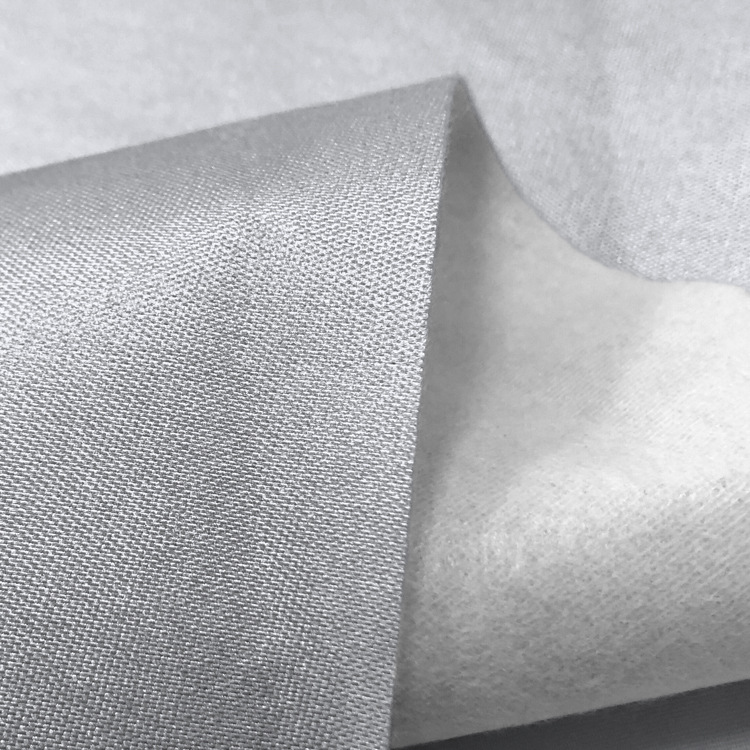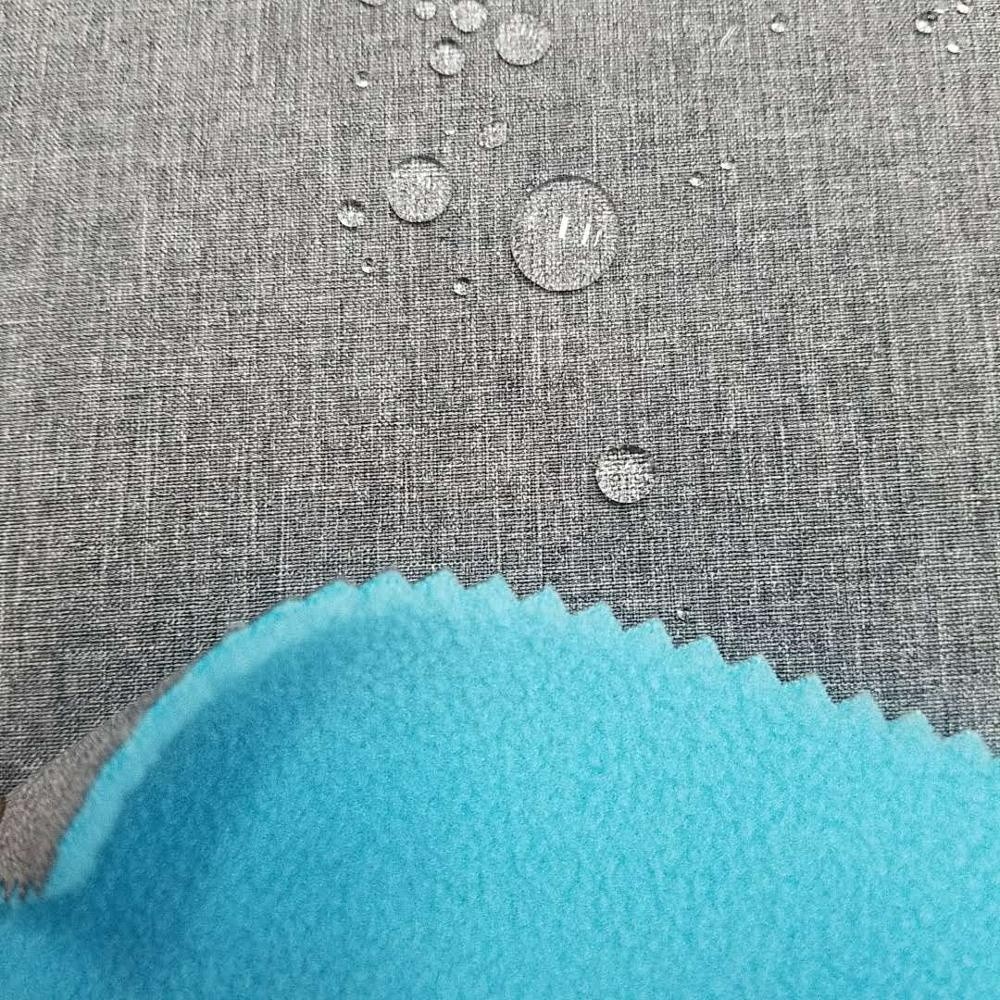Core view.
Industry trend recall in 2016: overall performance was flat

The absolute return of the fabric workwear industry in 2016 -8.69%, and A shares as a whole is basically the same, including the absolute return of the fabric manufacturing section -6.89%, better than the workwear retail section of -9.94%.
Fabric manufacturing in 2017: continue to focus on devaluation and cotton price increase since the 15-year exchange reform, the devaluation of the RMB more than 11%, devaluation is expected to increase export revenue, enhance the competitiveness of export goods, favorable to manufacturing companies with a high proportion of exports. By the reversal of supply and demand, the State Reserve cotton storage is lower than expected, 16 years of domestic cotton prices rose sharply. With the advancement of the dumping, the impact of state reserves of cotton on the market will become smaller, while the cotton market demand in the medium and long term to remain stable, the supply side of the planting area and production trend shrinkage, medium and long-term cotton prices are expected to grow steadily, favoring traditional fabric leading enterprises.

Workwear retail in 2017: supply chain integration to improve efficiency, consumer upgrading brings structural opportunities consumption is not significantly improved in the general environment, focus on two directions: first, supply chain integration, reduce intermediate losses, improve efficiency; second, consumer upgrading, consumers more pursuit of quality, personalization brings structural opportunities. Among them, the supply chain integration, internal governance to improve efficiency and external third-party governance services have huge room for progress. In terms of consumption upgrade, first of all, the baby industry, the complete liberalization of the two-child policy will drive the number of newborns to grow significantly, the industry is expected to continue the boom; secondly, the domestic luxury consumption to complete the cyclical adjustment, light luxury first benefit; thirdly, personalized demand to boost the progress of designer brands, and co-creation platform for designers and consumers to solve the marketing, trading and other pain points, the market space is huge; fourthly, overseas brands to expand the Chinese market to the electric Fifth, the new tax reform policy is expected to reshape the competitive landscape of the industry for the fast-growing cross-border import e-commerce.
The new tax reform is expected to reshape the industry competition. It is recommended to pay attention to the central enterprises entering the pilot list and local SOEs with fast reform progress.
Investment strategy
Fabric manufacturing: push 1) low valuation performance steady growth, benefiting from the depreciation of the exchange rate or cotton prices, such as Lutai A, Huafu color spinning, Vouri shares, Xinye fabric, Lianfa shares; 2) benefit from the Shanghai state reform of Shenda shares. Workwear retail: pushing 1) performance is expected to improve the home of Helan; 2) PEG < 1, benefiting the baby economy of Samma clothing; 3) transformation of supply chain governance So Yu Te; 3) overseas acquisitions to create a light luxury group Glorious; 4) transformation of home life of Lolai life and Mengjie shares; 5) benefit from the reform of the central enterprises Inter China Group; 6) to create a designer co-creation platform Berber Dragon.
Risk Tips
appreciation of RMB exchange rate; decline in cotton price; continuation of sluggish consumption; risk of new business model operation.
Contact: Jeanne yang(MISS)
Phone: 13912652341
E-mail: [email protected]
Add: Room A2216/A2217,Double-Star Building,No 567 New South Middle Road, KunShan City JiangSu Province ,China.